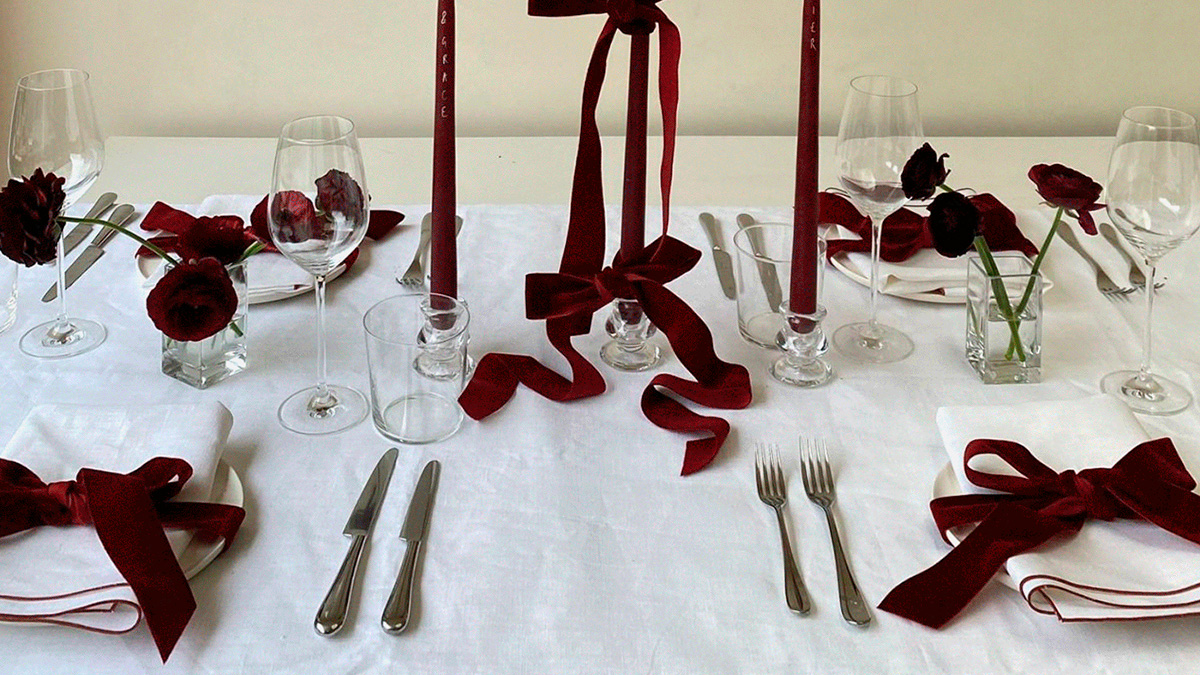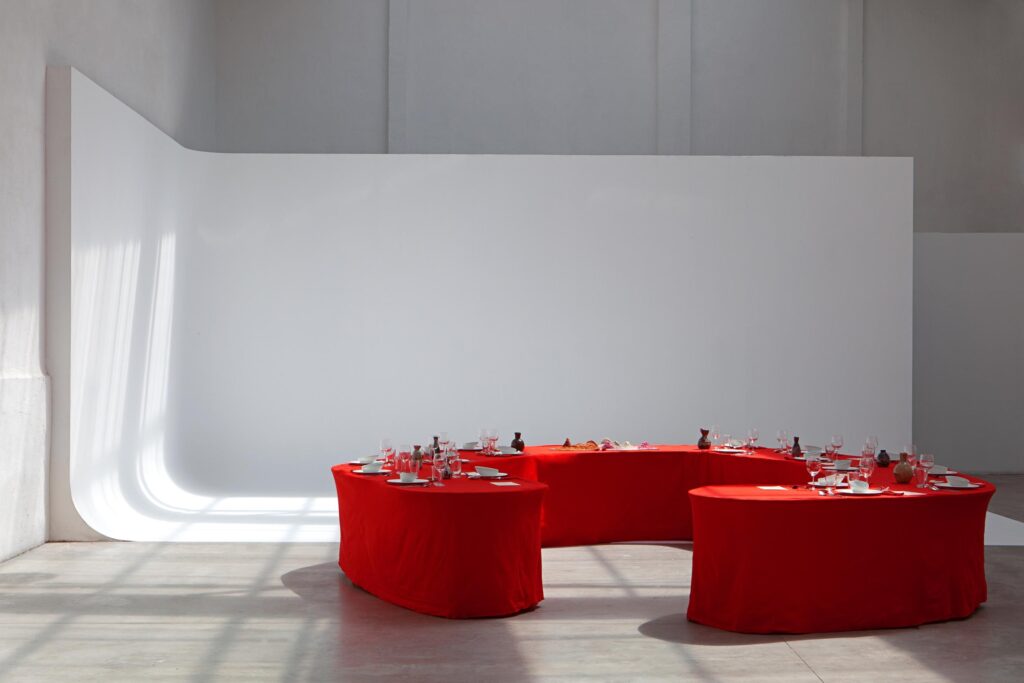Click here to read the Spanish version.
Anyone with an Instagram or Pinterest account will be familiar in some way with the art of tablescaping, but what exactly does the term refer to? But what exactly does the term refer to? It refers to a design trend based on the beauty and decorative elevation of tables, regardless of their theme or creative composition.
In other words, it is a ‘curatorial’ activity that involves the placement of the table through an artistic, decorative or architectural manifestation, whether for a social event, exhibition or other culinary installation.
Within this movement, visual harmony is established as an essential concept in which the chromatic synchronisation between the objects that inhabit it intervenes. From the candles, to the silver trays, the flowers or the crockery, all come together in the same sculptural work composed of edible elements and materials.
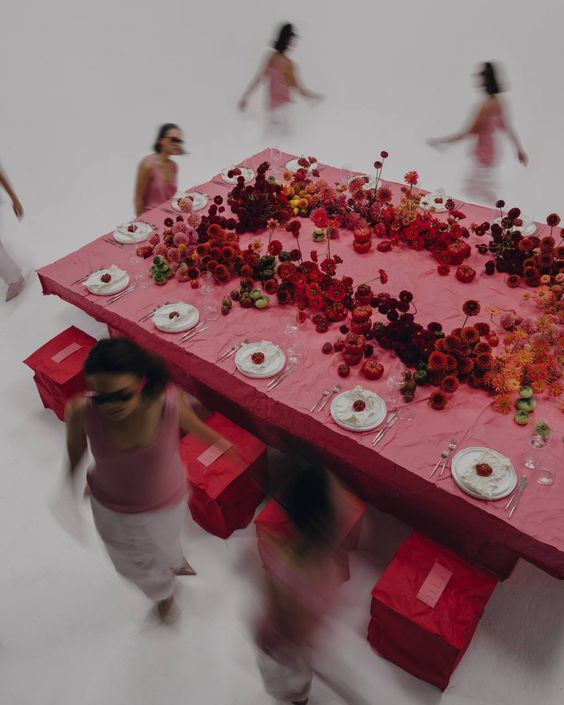
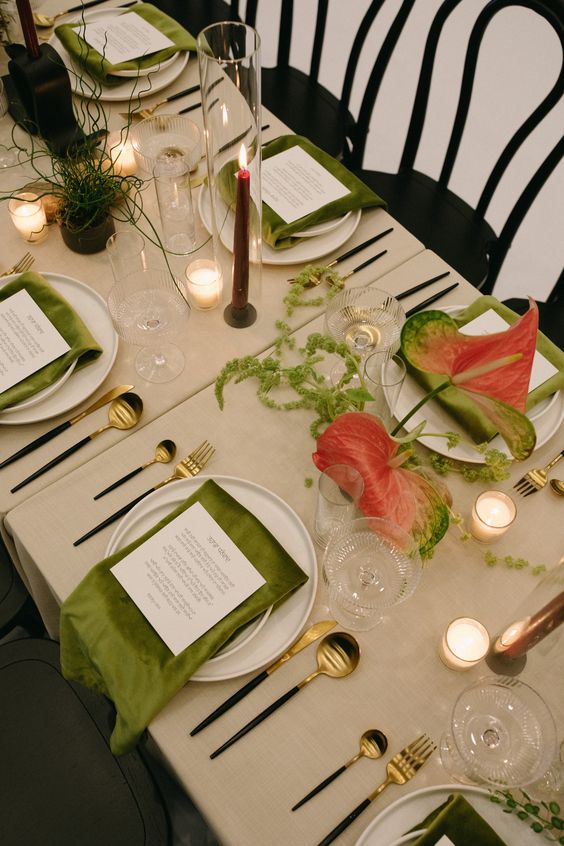
The staging of the evening
Tablescape seemed to be at its peak during the pandemic, a time when isolation led many people to explore their creativity, to cook and experiment with art and gastronomy. But, above all, to try to escape from reality through escapism and fantasy.
Those who were fortunate enough to have a minimal aesthetic sensitivity to this dystopia began to explore various decorative ways of aestheticising the table, whether based on baroque or minimalist references.
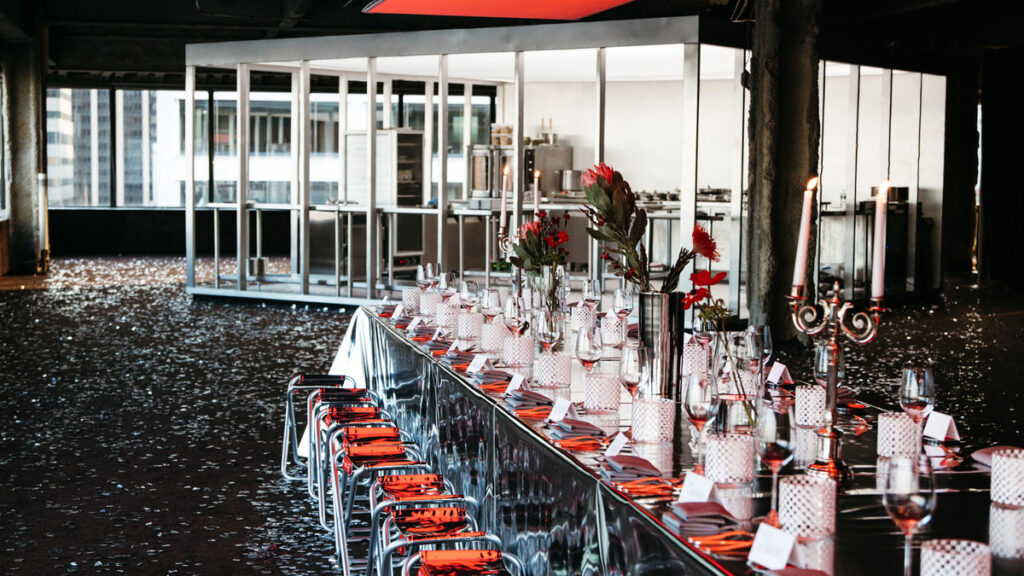
However, in this current, maximalism prevails in some way, together with chromatic stimulation and the fusion of textures and even sculptures with which to enhance the beauty of the banquet. With which to romanticise both our existence and the culinary experience on the basis of that artistic practice that collectives such as Fondo Supper Club or WE ARE ONA practise with mastery, generating food experiences through legitimate exhibition formats.

